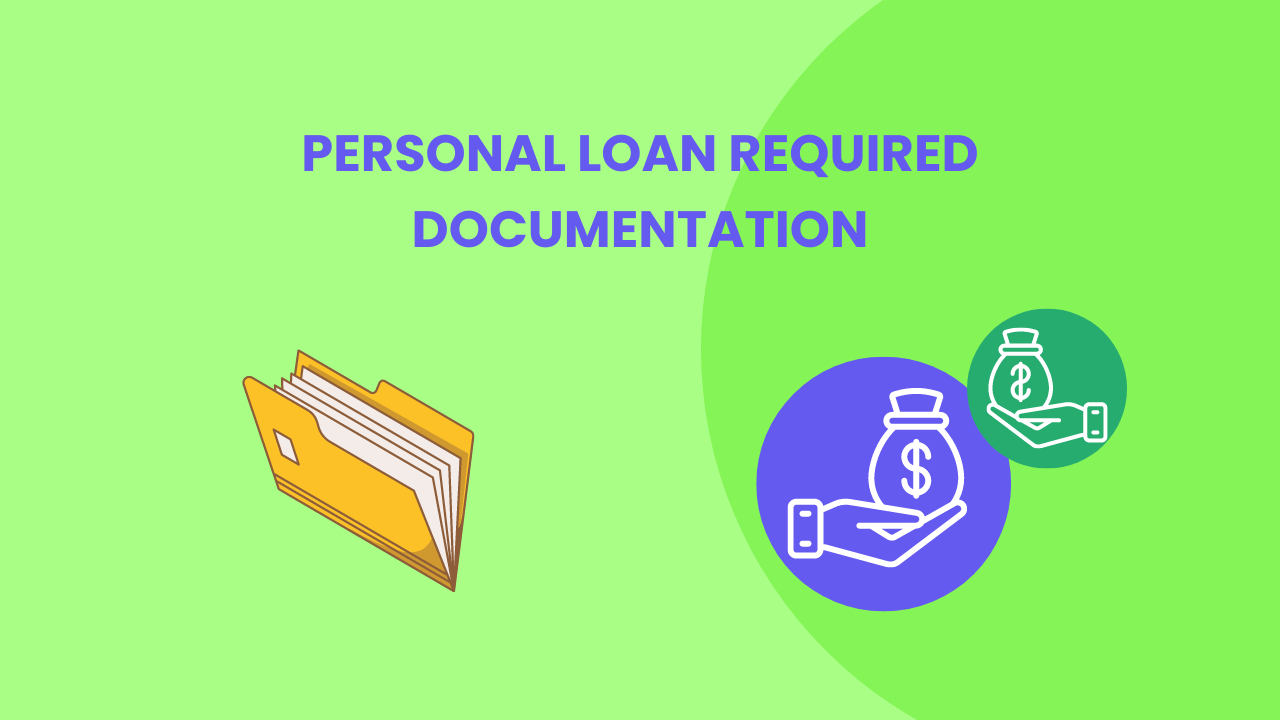Navigating the world of Personal Loan Required Documentation can be daunting, especially when it comes to gathering the necessary paperwork.
In this detailed guide, we break down everything you need to know about personal loan documentation, from essential forms to helpful tips for preparation. Get ready to demystify the paperwork and streamline your loan application process like a pro.
Welcome to your one-stop resource for unraveling the mysteries of personal loan documentation. If you’ve ever felt overwhelmed by the paperwork required for a personal loan application, you’re not alone.
But fear not! With the right knowledge and preparation, you can breeze through the paperwork and get one step closer to securing the funds you need. In this guide, we’ll walk you through the ins and outs of personal loan documentation, covering everything from required forms to pro tips for smooth sailing.
Understanding Personal Loan Documentation
Before diving into the specifics, let’s start with a brief overview of the types of documentation typically required for a personal loan application:
- Identification: Lenders need to verify your identity to comply with regulatory requirements. This usually involves providing a government-issued ID such as a driver’s license, passport, or state ID card.
- Proof of Income: Lenders want assurance that you have the means to repay the loan. You’ll typically need to provide recent pay stubs, W-2 forms, or tax returns to verify your income.
- Employment Verification: In addition to proof of income, lenders may request verification of your employment status. This can be done through employer contact information or recent employment documentation.
- Bank Statements: Lenders may ask for bank statements to verify your financial stability and track record of managing funds. Be prepared to provide statements for your checking and savings accounts.
- Credit History: Your credit history plays a significant role in the loan approval process. Lenders will pull your credit report to assess your creditworthiness and may request additional information if needed.
Now that we’ve covered the basics let’s delve deeper into each type of documentation and explore tips for preparing them effectively:
1. Identification
Ensure that your identification documents are current and valid. Double-check the expiration dates and any other relevant details to avoid delays or complications.
If you’ve recently moved or changed your name, make sure your documents reflect the updated information.
2. Proof of Income
Gather your most recent pay stubs or earnings statements to provide a clear picture of your income.
If you’re self-employed or have additional sources of income, be prepared to provide documentation such as tax returns or profit and loss statements.
3. Employment Verification
If you’re employed, confirm that your employer’s contact information is up to date and accurate.
Lenders may reach out to verify your employment status, so it’s essential to provide reliable contact information to avoid delays in processing your application.
4. Bank Statements
Review your recent bank statements to ensure they accurately reflect your financial situation. Look for any discrepancies or irregularities that may raise red flags for lenders.
Be prepared to explain any large deposits or withdrawals and provide additional documentation if necessary.
5. Credit History
Request a copy of your credit report from each of the major credit bureaus—Equifax, Experian, and TransUnion—to review your credit history and address any errors or discrepancies.
Pay special attention to your payment history, outstanding debts, and credit utilization ratio, as these factors can impact your credit score and loan eligibility.
FAQs: Personal Loan Required Documentation
Q: Can I apply for a personal loan without proof of income?
A: While some lenders may offer personal loans without requiring proof of traditional income, such as payday lenders or online lenders specializing in no-income verification loans, these options often come with higher interest rates and stricter terms.
It’s essential to explore all your options and carefully consider the terms and conditions before proceeding.
Q: How long does it take to gather personal loan documentation?
A: The time required to gather personal loan documentation can vary depending on your individual circumstances and the availability of the required documents.
In general, it’s best to start gathering your paperwork as soon as possible to avoid last-minute rush and ensure a smooth application process.
In conclusion, understanding personal loan documentation is key to a successful loan application process.
By familiarizing yourself with the required forms and gathering the necessary paperwork ahead of time, you can streamline the process and increase your chances of approval.
Don’t let paperwork stand in the way of your financial goals—arm yourself with knowledge and conquer the loan application process with confidence!
